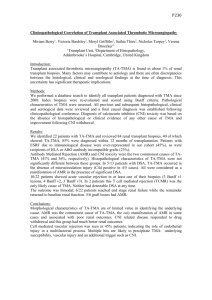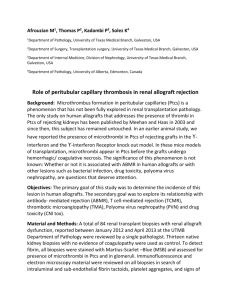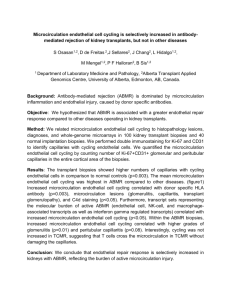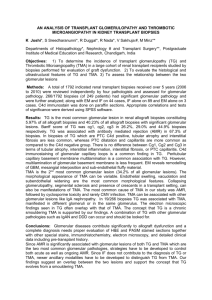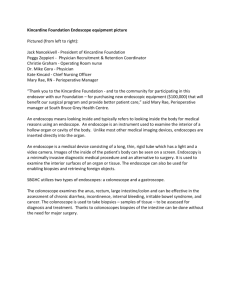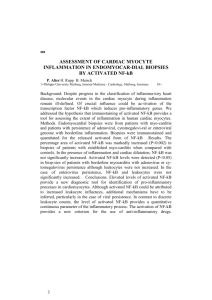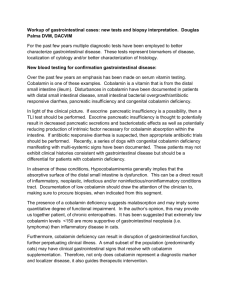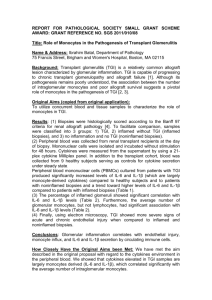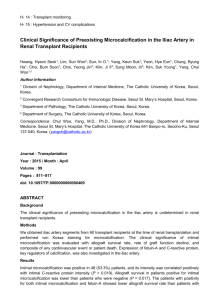Inflammation lesions in kidney transplant biopsies
advertisement
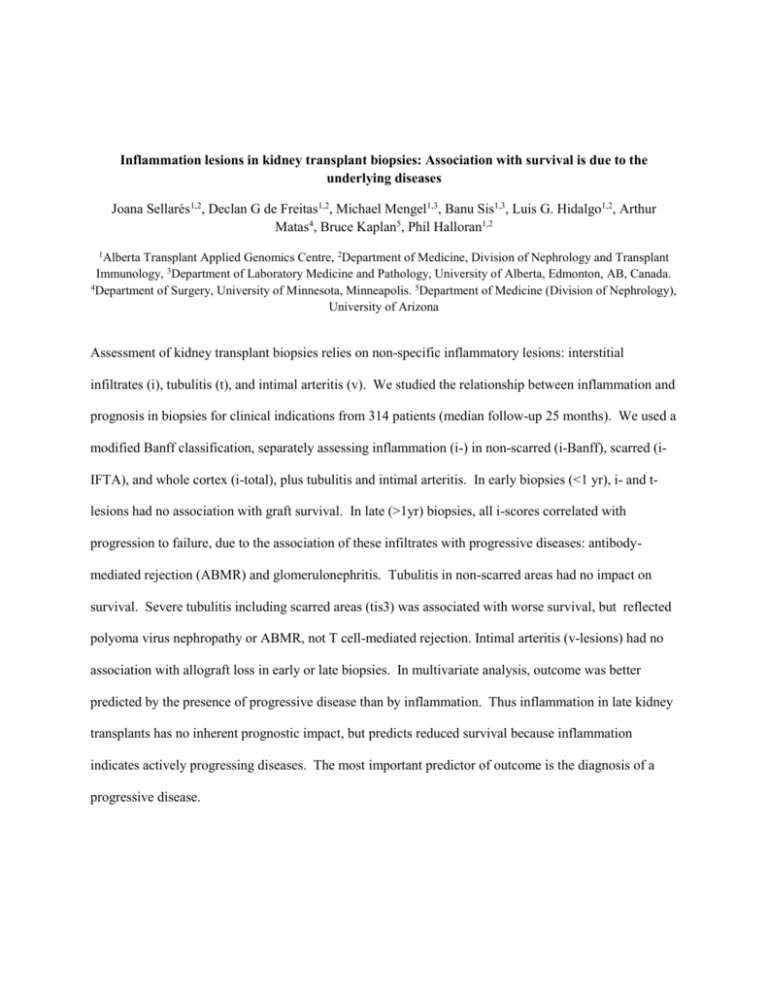
Inflammation lesions in kidney transplant biopsies: Association with survival is due to the underlying diseases Joana Sellarés1,2, Declan G de Freitas1,2, Michael Mengel1,3, Banu Sis1,3, Luis G. Hidalgo1,2, Arthur Matas4, Bruce Kaplan5, Phil Halloran1,2 1 Alberta Transplant Applied Genomics Centre, 2Department of Medicine, Division of Nephrology and Transplant Immunology, 3Department of Laboratory Medicine and Pathology, University of Alberta, Edmonton, AB, Canada. 4 Department of Surgery, University of Minnesota, Minneapolis. 5Department of Medicine (Division of Nephrology), University of Arizona Assessment of kidney transplant biopsies relies on non-specific inflammatory lesions: interstitial infiltrates (i), tubulitis (t), and intimal arteritis (v). We studied the relationship between inflammation and prognosis in biopsies for clinical indications from 314 patients (median follow-up 25 months). We used a modified Banff classification, separately assessing inflammation (i-) in non-scarred (i-Banff), scarred (iIFTA), and whole cortex (i-total), plus tubulitis and intimal arteritis. In early biopsies (<1 yr), i- and tlesions had no association with graft survival. In late (>1yr) biopsies, all i-scores correlated with progression to failure, due to the association of these infiltrates with progressive diseases: antibodymediated rejection (ABMR) and glomerulonephritis. Tubulitis in non-scarred areas had no impact on survival. Severe tubulitis including scarred areas (tis3) was associated with worse survival, but reflected polyoma virus nephropathy or ABMR, not T cell-mediated rejection. Intimal arteritis (v-lesions) had no association with allograft loss in early or late biopsies. In multivariate analysis, outcome was better predicted by the presence of progressive disease than by inflammation. Thus inflammation in late kidney transplants has no inherent prognostic impact, but predicts reduced survival because inflammation indicates actively progressing diseases. The most important predictor of outcome is the diagnosis of a progressive disease.


